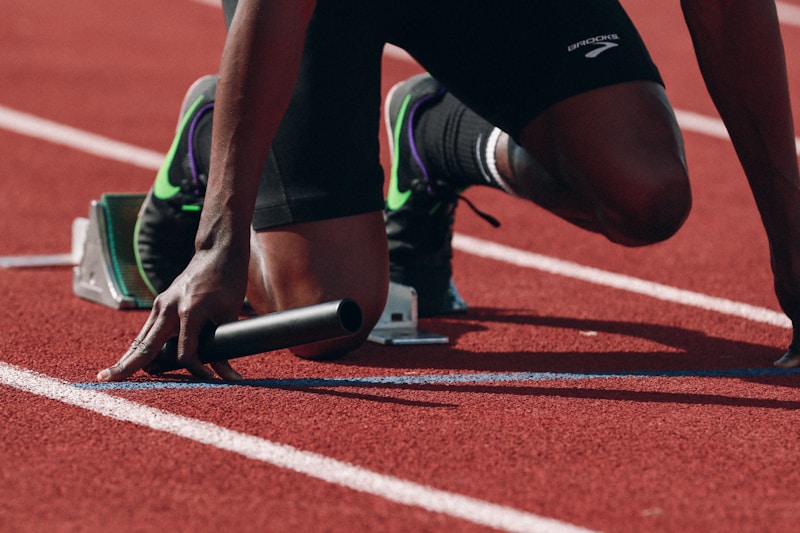Adaptive Sports Technology Breakthrough Enhances Paralympic Performance
Adaptive Sports Technologies unveiled groundbreaking equipment innovations that enable Paralympic athletes to achieve performance levels that surpass previous barriers, revolutionizing competitive possibilities for athletes with disabilities.
Advanced Prosthetic Systems
Next-generation running prosthetics incorporate carbon fiber composites and energy return mechanisms that store and release kinetic energy with 95% efficiency. The lightweight designs reduce energy expenditure while maximizing propulsion.
Paralympic sprinter Sarah Johnson achieved personal record times using the new equipment: “These prosthetics feel like extensions of my natural biomechanics, enabling performance I never thought possible.”
Neural Interface Integration
Brain-computer interfaces allow paralyzed athletes to control racing wheelchairs and other equipment through thought commands, eliminating mechanical limitations of traditional hand controls.
The system processes neural signals 200 times faster than muscle responses, providing unprecedented precision in competitive situations requiring split-second adjustments.
Smart Equipment Monitoring
Integrated sensors monitor equipment performance, athlete biometrics, and environmental conditions during competition. Real-time data helps coaches optimize strategy and prevent equipment failures.
Performance analytics provide detailed feedback on technique, enabling athletes to refine skills with precision previously available only to able-bodied competitors using motion capture technology.
Customization and Adaptation
3D printing technology enables rapid prototyping and customization of equipment for individual athletes’ specific needs and body measurements. Each piece of equipment is optimized for the user’s unique biomechanical characteristics.
Manufacturing costs have decreased 70% through advanced production techniques, making high-performance adaptive equipment accessible to athletes regardless of economic background.
Training and Development Impact
Training facilities equipped with virtual reality systems allow athletes to practice in simulated competition environments, improving preparation for actual events while reducing travel and facility costs.
Coaches report 40% improvement in athlete technique development when using VR-enhanced training compared to traditional methods.
Competitive Equity Measures
New classification systems ensure fair competition by matching athletes with similar functional capabilities while accommodating diverse equipment advantages. Technology regulations maintain competitive balance.
Paralympic Committee officials work closely with manufacturers to establish equipment standards that promote innovation while preserving sport integrity.
Broader Accessibility Applications
Technologies developed for elite Paralympic competition are being adapted for recreational adaptive sports programs, making advanced equipment available to amateur athletes and weekend enthusiasts.
Community sports programs report increased participation as improved equipment makes activities more enjoyable and accessible for people with varying disabilities.
Future Development Pipeline
Research continues on exoskeleton technologies, advanced materials, and AI-assisted training systems that could further enhance athletic performance while maintaining the human element central to competitive sports.
These innovations demonstrate how technology can eliminate barriers while celebrating human athletic achievement, creating opportunities for excellence regardless of physical limitations.
